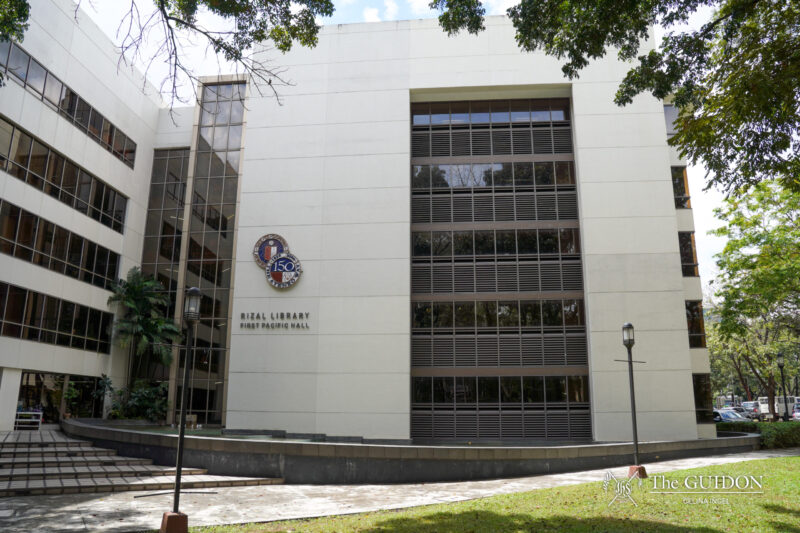I USED to have no idea what the news was talking about.
Growing up, our humble antenna could only catch the waves of GMA, so it became my family’s main source of entertainment and information. However, watching their flagship newscast 24 Oras only brought confusion. After all, I knew nothing about the places that they talked about in the news. I would never have traveled to Manila until I was accepted into Ateneo more than a decade later.
Thus, I never understood why networks decided it was more important for me—someone from Mindanao—to know that a mode of transportation I may never ride in my lifetime such as the MRT broke down. For a program that was meant to inform us of what’s happening nationwide, 24 Oras seemed heavily focused on just one region I had never been to. The places it featured always felt like a whole different country and it didn’t help that the reports were in a language I hardly used outside the classroom.
Fortunately, I moved to Cagayan de Oro City a few years later. Living 20 minutes away from the local ABS-CBN TV station provided clear access to localized shows such as Pamahaw Espesyal (Breakfast Special) and TV Patrol North Mindanao. News Anchor PJ Dela Pena would narrate stories of places that I have been to, municipalities I was familiar with, and local government officials I have seen in the flesh. Local news was delivered in a language I understood and used in my daily life. When disasters such as the 2011 Typhoon Sendong and 2017 Marawi Siege struck, local correspondents had the airtime to tell our locality’s stories to the nation.
Today, Channel 2 is dead air. After the House’s non-renewal of ABS-CBN’s franchise in 2020, the media conglomerate decided to pull the plug on its regional network group. TV Patrol’s regional counterparts, including our very own North Mindanao, aired their final newscasts on August 28, 2020.
The shutdown of TV Patrol’s regional networks could not have come at a worse time. Just when information dissemination is most important, community journalism suffers several blows due to the pandemic. For instance, local newspapers’ revenues are taking a huge hit, resulting in job cuts and even bankruptcy filings. Rival networks have attempted to fill this gap through localized newscasts per island group, but I find their headlines to remain heavily based on the location of their regional broadcasting center.
If ABS-CBN’s rivals are truly hoping to bridge the disparity between Manila and provincial news programming, they must start by airing more provincial news on the primetime newscasts. By beginning to provide local communities with national airtime, response to issues such as natural calamities are more likely to become a nationwide effort. The more people know about an issue, the more willing they are to contribute to its solution.
Additionally, provincial representation must also be present in the national newscasts’ correspondents. Whenever “national worthy” news in Mindanao makes headlines, local reporters have been often sidelined in favor of reporters based in Manila. However, when the Manila-based journalists leave, it is these local reporters who continuously prevent crucial narratives from fading into obscurity.
Similar to institutions beyond media such as the government, locals know the longstanding issues and cultural norms of these communities and what stories deserve to be given a spotlight. After all, it’s always best to hear stories from the locals themselves.
ABS-CBN’s return remains dependent on who we put in power come May 2022. For now, I urge every Filipino to aid in communities’ fight to keep our information landscape alive through dissent and careful analysis. You may also consider supporting community journalists whose stories continue to show us that the Filipino identity is a mosaic of various experiences, religions, languages, and cultures. After all, the story of every Filipino is worth telling.







